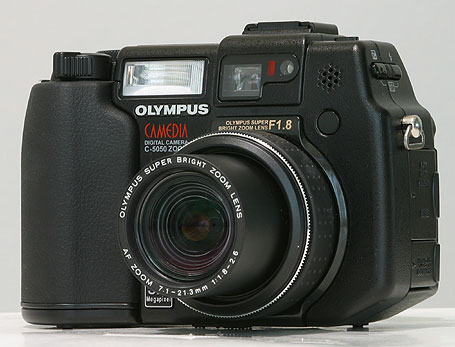It takes the Wall Street Journal to surface the issue
Not only is America afflicted with some of the world’s worst television – from situation comedy to news reporting, though it’s often difficult to distinguish the two – it can also lay claim to having the worst newspapers. As often as not, these mistake editorial opinion for news, so you end up reading some leftie’s opinion about put-upon losers as news reporting. Write enough of this sort of thing and you get a Pulitzer Prize.
In the digital photography world, the worst reporting involves avoidance of mention of a near universal problem in modern cameras. Shutter lag. The time it takes between pressing the button to recording the image. Read any number of reviews of digital cameras and chances are you will see no mention of this defect. I can only guess that this is either because of conflicts of interest (journalists accepting bribes in the form of free equipment or pushing advertising in their magazine) or because the reviewer hasn’t the faintest idea how to take a photograph.
So it was welcome news indeed to open the Wall Street Journal this morning – a fine newspaper which keeps its opinions on the editorial page – to see an article on shutter lag, of all things. They quoted some poor schnuck who blew big coin on a digital camera to record the whales on his Mexican vacation, but managed to record only sterile images of the sea, the leaping whale having just departed owing to shutter lag. What’s interesting about the piece is that it takes a business newspaper to disclose a design defect which makes most digital cameras worthless for all except maybe landscape photographers and realtors. Let’s face it, neither is exactly dealing with moving subjects. Earlier reporting by the Journal confirms that the primary use of digital cameras hasn’t changed from that for film cameras, meaning pictures of one’s family. Especially of the kids. Ever tried to catch that fleeting moment on your baby’s face with a modern digital point-and-shoot camera?
The Journal gets it wrong in saying this is a digital camera problem, citing the good old days of fast film cameras. As the latter developed more automation – focus, exposure and so on – shutter lag was already beginning to raise its ugly head. Simple cameras like rangefinder Leicas and better SLRs never had the problem, and it was one of the major causes for concern I had when waiting to go digital. With the Canon EOS 5D there is no shutter lag, but then you should expect no less from a camera that runs close to $5,000 with a decent lens attached. I was more than aware of the issue having used an Olympus C5050Z for three years or so, and learned early on not to use it to photograph anything that moved.

The Olympus C5050Z – a very competent camera for static recording, but useless for moving subjects because of horrid shutter lag
So it’s satisfying to report that Panasonic cured the issue in a point-and-shoot digital in the LX1. Unfortunately, they made two boo-boos. First, they never advertised this ‘feature’ which I discovered after much research. Second, they have just discontinued the camera. So if you want a fast, small digital point-and-shoot, now is the time to get an LX1. Read more by clicking on the ‘Leica DP’ entry on the left.
Meanwhile, kudos to the Wall Street Journal for good reporting.